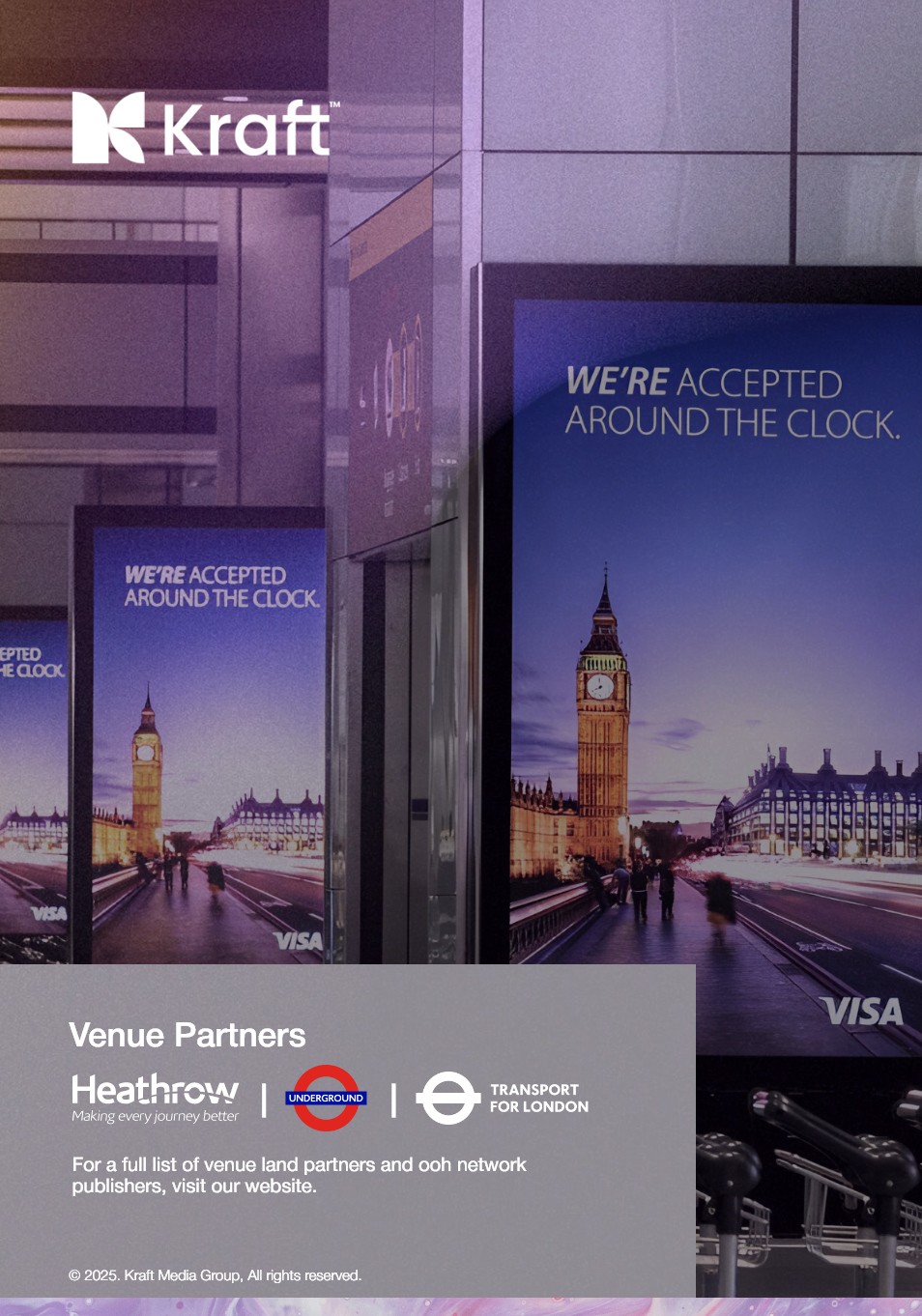Political campaigns have always been quick to adapt to new media. Radio, TV, and social media have each transformed election cycles — and now Connected TV (CTV) is becoming the next frontier. As voters increasingly shift away from traditional cable, political advertisers are following them to streaming platforms.
Why Political Campaigns Are Embracing CTV
-
Cord-Cutting Trend: Over 70% of households now stream regularly on CTV devices. Political campaigns can no longer rely solely on broadcast TV to reach voters.
-
Targeting at Scale: CTV allows campaigns to reach audiences by geography, demographics, and even issue-based behaviors, offering micro-targeting far more sophisticated than traditional TV.
-
Measurable Outcomes: Unlike linear TV, campaigns can see how ads perform in real time, tracking metrics like ad completion rates and voter engagement actions.
Examples of CTV in Politics
-
In the 2020 U.S. election cycle, CTV political ad spend grew by over 300% year-over-year, a trend that has continued into state and municipal elections.
-
Smaller local campaigns are beginning to use CTV as a cost-effective way to reach swing voters without buying expensive prime-time broadcast slots.
Over 60% of voters say they are more likely to watch political ads on streaming platforms than on traditional TV.
The Impact Going Forward
As major elections approach globally, CTV will play a pivotal role in shaping political messaging. Campaigns that embrace the format early will have an advantage in reaching audiences where they truly spend their time: streaming platforms and connected devices.
For agencies and political advertisers, the message is clear — CTV isn’t optional, it’s essential.




